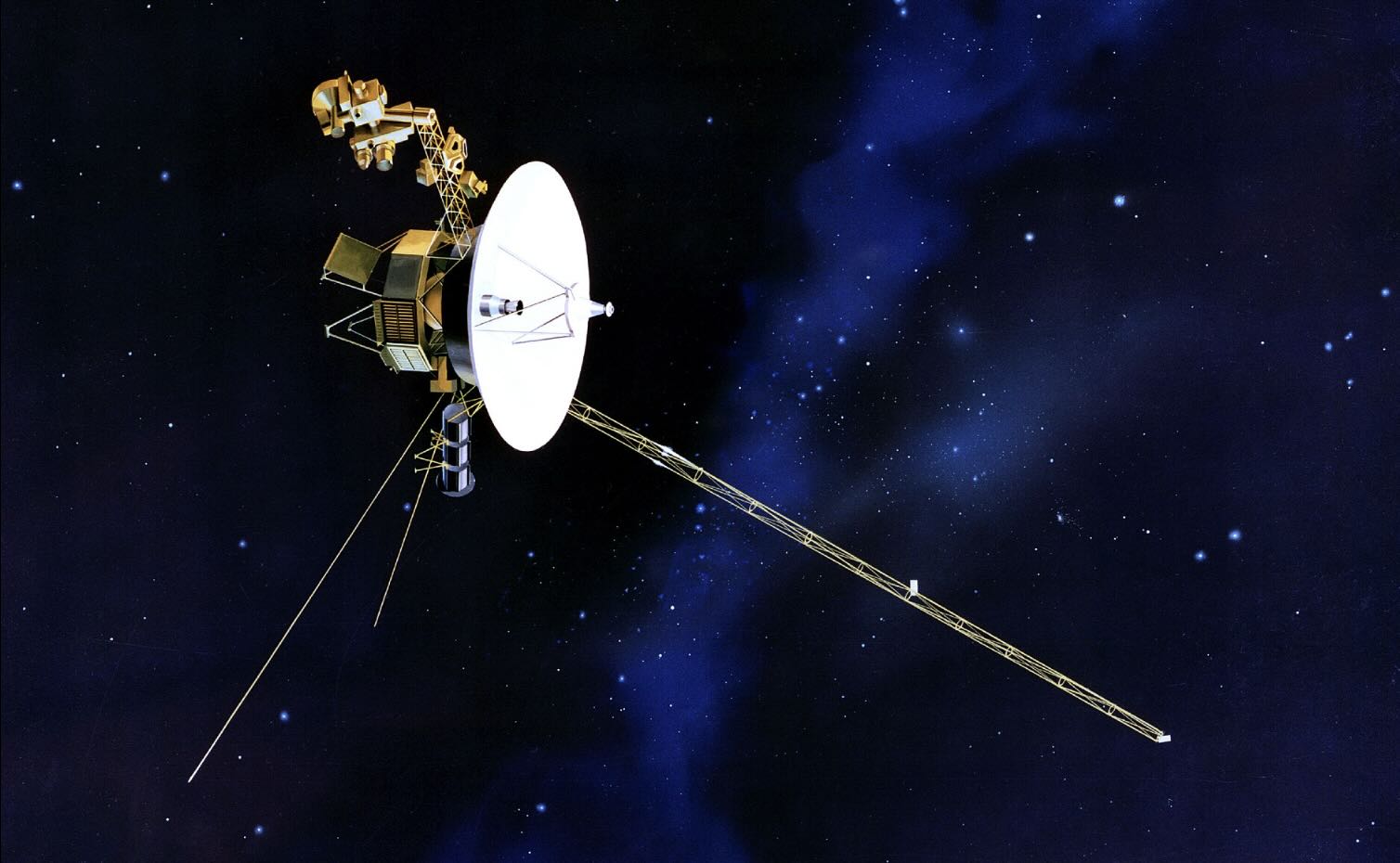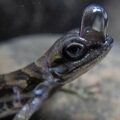NASA’s Voyager 1 spacecraft is reviving technology abandoned four decades ago to help keep its groundbreaking space exploration mission alive.
Launched in 1977 shortly after its twin, Voyager 2, the probe has been sending back data that expands our understanding of the cosmos. At its present distance of close to 15.4 billion miles from Earth, Voyager 1 may be nearing the end of its mission, but it’s not ready to to sign off just yet.
Voyager Goes Quiet
On October 16, NASA’s attempt to activate a heater aboard Voyager 1 encountered unexpected issues, leading to several complications. The probe’s heaters are not only used to stave off the cold of space, but also to mitigate radiation damage to essential components. This time, however, the signal to activate the heater triggered Voyager 1’s autonomous fault protection system, which shuts down nonessential systems if they are drawing too much power. Preserving the craft’s dwindling power supply is crucial to extending its mission for as long as possible.
Due to the 23-hour delay for signals to travel between Earth and Voyager 1, the Voyager team didn’t realize something was wrong until October 18. Technicians eventually discovered that the powerful X-band transmitter had stopped sending signals. Later that day, after analyzing the signals, they found a much weaker one, only for it to fade again on October 19.
Communication Resumed… For Now
Attempting a workaround, for the first time since 1981, the Voyager team decided to attempt contact via the S-band transmitter. Given the probe’s vast distance, they were uncertain if it would even work. On October 22, a signal went out from NASA’s Deep Space Network, and on October 24, they received a reply. Although communication has been restored, the Voyager 1 team still faces challenges.
Presently, they hope to work on restoration of X-band communication capabilities, but first will need to better understand what triggered the fault protection system to prevent further issues.
Recent Challenges for Voyager
Forty-seven years in space have taken a toll on the iconic probe’s components, a reality that has recently kept NASA engineers busy. In June, they tackled another tricky communication problem, and in August, they successfully completed a complex thruster swap.
Accumulated silicon dioxide from a rubber diaphragm in the fuel tank was clogging a thruster fuel tube, restricting the flow of liquid hydrazine and reducing the thrust generated. It takes about 40 small thrusts, lasting only milliseconds, each day to keep the probe oriented toward Earth for transmission.
Voyager 1 has two sets of altitude propulsion thrusters and a set of trajectory correction thrusters, creating a system that provides both the power and precision needed to stay on course. While this system was used to its full capacity during early flyby missions, today, as the probe drifts deeper into space, only small thrusts are needed to maintain its orientation. These can be managed by a single set of thrusters.
Making Changes from Afar
For over twenty years, engineers have been making adjustments to Voyager 1’s thrusters from NASA’s Jet Propulsion Laboratory in California. In 2002, they identified clogging in the first set of altitude thrusters and remotely switched to the second set, which worked until 2018 when it, too, began to clog. Engineers then had to activate the final set, the trajectory correction thrusters.
Now, the fuel tubes in these trajectory thrusters are even more obstructed than those in the previous set, with a passable width comparable to a human hair. This is severely limiting the fuel reaching the catalyst beds, where it converts into gas for thrust. Complicating matters further, the probe’s dwindling power supply from decaying plutonium has forced many non-essential systems to be sacrificed over the years to extend the mission’s lifespan.
A Puzzle to Save Voyager 1
Switching back to a previously decommissioned thruster system on a cold space probe posed a significant challenge. Even reactivating the altitude thrusters after they’d cooled for so long risked damaging them. One proposal was to turn off a scientific instrument, but that carried the risk of losing it permanently. Despite the challenges, engineers determined that the probe could operate with one of its primary heaters turned off for an hour.
On August 27, they succeeded: the altitude thrusters resumed operation, extending the Voyager 1 mission. “All the decisions we will have to make going forward are going to require a lot more analysis and caution than they once did,” said Suzanne Dodd, Voyager’s project manager at the Jet Propulsion Laboratory.
As the probe continues its journey into unexplored regions of space, the mission team will work to keep it operational for as long as possible, with current projections indicating that we may continue to recieve transmissions from Voyager for at least another decade.
Ryan Whalen covers science and technology for The Debrief. He holds a BA in History and a Master of Library and Information Science with a certificate in Data Science. He can be contacted at ryan@thedebrief.org, and follow him on Twitter @mdntwvlf.

